This store requires javascript to be enabled for some features to work correctly.
-
You're viewing DECANT SF. Switch to NAPA VALLEY.
-
Save 10% automatically when you add 12+ bottles to your cart!
-
THE ANNUAL WINTER FÊTE IS SATURDAY DEC. 6TH! Get Tickets!
Classified as a Second Growth in the historic 1855 Classification, Château Lascombes is a beloved property in Margaux. The Grand Vin is sourced from the château’s oldest and most privileged gravel-rich parcels, emphasizing structure, depth, and aging potential. Now under the leadership of Axel Heinz—former winemaker of Ornellaia and Masseto—the estate is entering a new chapter focused on precision, transparency, and elegance. Aging Potential Up to 40 years. Optimal Drinking Time 2027-2050.
-
WINEMAKER: Axel Heinz & Delphine Barboux
-
FARMING: Sustainable
-
VARIETY: 67% Cabernet Sauvignon, 30% Merlot, 3% Petit Verdot and Cabernet Franc
-
TERROIR: Situated between the maritime influence of the ocean and the Gironde and the pine forests, the Médoc vineyards stretch along the estuary, where their legendary gravelly hilltops evolved.
-
VINIFICATION: Harvested between September 7–27. Selective hand harvesting in multiple passes ensured each parcel was picked at optimal ripeness. Gentle vinification by infusion, preceded by cold maceration. Maceration period lasted 30 to 35 days, determined by daily tasting assessments.
-
AGING: Aged in barrels and large casks
-
TASTING NOTES: "The 2022 Lascombes is a dark, potent Margaux. Succulent dark cherry, plum, new leather, licorice, incense and chocolate are all amplified nicely in the glass. Relatively soft contours wrap it all together. The 2022 shows a move in the direction of more energy, even in this freakishly hot, dry year… the 2022 is impressive in that it signals a greater focus on quality through much stricter selection of what goes into the Grand Vin.” -ANTONIO GALLONI, JANUARY 2025
-
FOOD PAIRINGS: Hearty meals and good company. Decant 4-5 hours before enjoying.
-
ALCOHOL: 14%
-
SCORES: 92 PTS, Vinous
From our 2025 Bottle Cult Notes (Serious Inquiries Only):
Margaux is one of those rare wine villages whose very name has become shorthand for elegance. Located in the Médoc region of Bordeaux, this commune has been making wine for centuries, with records dating back to the 12th century, when monks and noble families first cultivated vines in its gravelly soils. In the 17th century, the Dutch quite literally reshaped Margaux’s destiny—draining its swampy marshlands with an intricate network of canals and ditches, revealing the deep gravel beds that Cabernet Sauvignon loves. These same Dutch traders then carried Bordeaux wines to markets across Europe, fueling the region’s reputation. By the 18th century, Margaux’s wines were already gracing the tables of English aristocrats and Russian tsars.
In 1855, at the request of Napoleon III, the French government ordered the Bordelais to rank their top wines for the World’s Fair in Paris. While the process was—and remains—controversial, the prestige of this ranking still plays a pivotal role today in determining some of the world's most expensive and sought-after wines. Only a handful of châteaux were designated as the illustrious Premier Crus, or "First Growths," while the remaining tiers included 14 Deuxièmes Crus (2nd Growths), 14 Troisièmes Crus (3rd Growths), 10 Quatrièmes Crus (4th Growths), and 18 Cinquièmes Crus (5th Growths). Although Bordeaux is home to thousands of wineries, those that did not make the cut in 1855 remain outside of this ranking, which has only been updated twice since its creation.
Margaux continues to produce Cabernet-led blends of remarkable finesse, perfumed aromatics, and an almost weightless texture. Château Lascombes has a rich history in the region but has enjoyed a new boost of energy in recent years. Located at the very southern entrance to the commune of Margaux, this Second Growth was acquired in 2022 by American billionaire Gaylon Lawrence Jr., under his umbrella organization, DeMeine Estates. Lawrence has quickly made a name for himself in the world of fine wine, purchasing nearly 25 estates from Napa to Sicily in the last five years. His mission is to elevate and empower historic luxury wine estates with the resources they need to reach their full potential. From Stony Hill in Napa Valley to Domaine de Montille in Burgundy, DeMeine has accelerated the fine wine industry’s push toward environmental sustainability, job equity, and the professional and technical development of new talent.
Château Lascombes traces its winemaking history back to the 12th century, though in the past 200 years it has changed hands nearly a dozen times. DeMeine’s acquisition ushered in an era of modernization, bringing on a new CEO and winemaker, Axel Heinz—formerly of Ornellaia and Masseto. With over 100 hectares of vines planted on the highest hilltop in Margaux, Lascombes offers a unique perspective while retaining the traditional hallmarks of age-worthy, collectible Margaux wine. The 2022 vintage is composed of 67% Cabernet Sauvignon, 30% Merlot, and 3% Petit Verdot and Cabernet Franc. An extended cold maceration of the grapes on their skins, followed by gentle fermentation, yields a dark, luscious wine. Aromas of morello cherry, red plum, new leather, licorice, incense, and bitter chocolate come together beautifully in the glass after a lengthy decant–though its full potential will unfold with age. While it can be cellared for up to 40 years, its sweet spot will arrive in about 15 to 20. For earlier enjoyment, decant for at least 4–5 hours in a wide-bottomed vessel before serving. —Simi Grewal, DECANT Co-Founder
Join our Mailing List
Land Acknowledgement
We acknowledge that we are on the unceded ancestral homelands of the Ramaytush Ohlone (the original inhabitants of the San Francisco Peninsula) and the Wappo & Miwok (the original inhabitants of Napa County).

